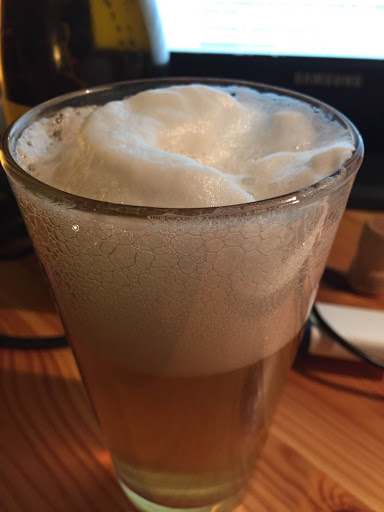Podcast: Play in new window | Download
Subscribe: Spotify | Email | TuneIn | RSS
Sometimes, we use the words ‘research advisor’ and ‘research mentor’ interchangeably, but be careful – they’re not the same thing.
When you join the lab of a research faculty member in your second year of grad school, you’ve chosen a research advisor. Whether that person turns out to be a ‘mentor’ remains to be seen.
An advisor helps to direct your research and provides a space for you to work. But a mentor goes further, clarifying your academic potential, nurturing your strengths, and pushing to shore up your weaknesses.
If an advisor is a teacher, a mentor is like a scientific parent.
As valuable as a research mentor can be for students and postdocs, mentorship is not an innate skill all scientists possess at birth. For some, it comes naturally, and others may never get it. For most, it’s something that can be learned and developed over time.
The key word is “can.” They won’t improve by accident.
This week on the show, we outline two concrete steps toward making more advisors into mentors.
Step 1: ‘Measure’ mentorship, and make it count
If you want more of something, your first goal should be to figure out how much of it you have, and incentivize it. For research advisors, that means collecting feedback on how they’re training students and postdocs. With that information in hand, you can give them an incentive to improve.
Last week, we observed that mentorship wasn’t on the tenure committee’s checklist, but feedback from some faculty listeners proved us wrong. At some universities, mentorship is measured and counts toward tenure decisions.
One school handles the tenure situation cleverly: they weight student-published papers more heavily than those that the PI published alone or in collaboration with other labs. If your students are publishing, you’re probably doing a decent job at mentoring! If you publish on your own, you’re not taking the time to include them in your research.
On a broader scale, the Future of Research Group is working to grade institutions on mentorship, support, career development opportunities, benefits, and other criteria that make a training program successful.
Step 2: Mentor the mentors
Faculty can learn to be better mentors, and some schools offer training to improve advisor-student relations.
For example, the University of Wisconsin – Madison offers resources and mentorship training to all faculty through the Mentor Training Core of the National Research Mentoring Network.
Check with a student affairs or postdoc affairs group on campus, or any faculty member to see if similar training opportunities are available at your university.
 From Table to Brain
From Table to Brain
And first but not least, we pop the cork on Mystic Brewery’s Table Beer from Chelsea, Mass. Don’t let the light golden color fool you – it’s bottle conditioned and full of flavor. Even after a careful pour, we got a little more foam than we bargained for…
We also got a look a the elusive hippocampus in this week’s show. Here’s the image of TWO hippocampi side-by-side for those who may be curious. Warning: if you don’t like pictures of dissected brain parts (0r fish), best not to click through.
